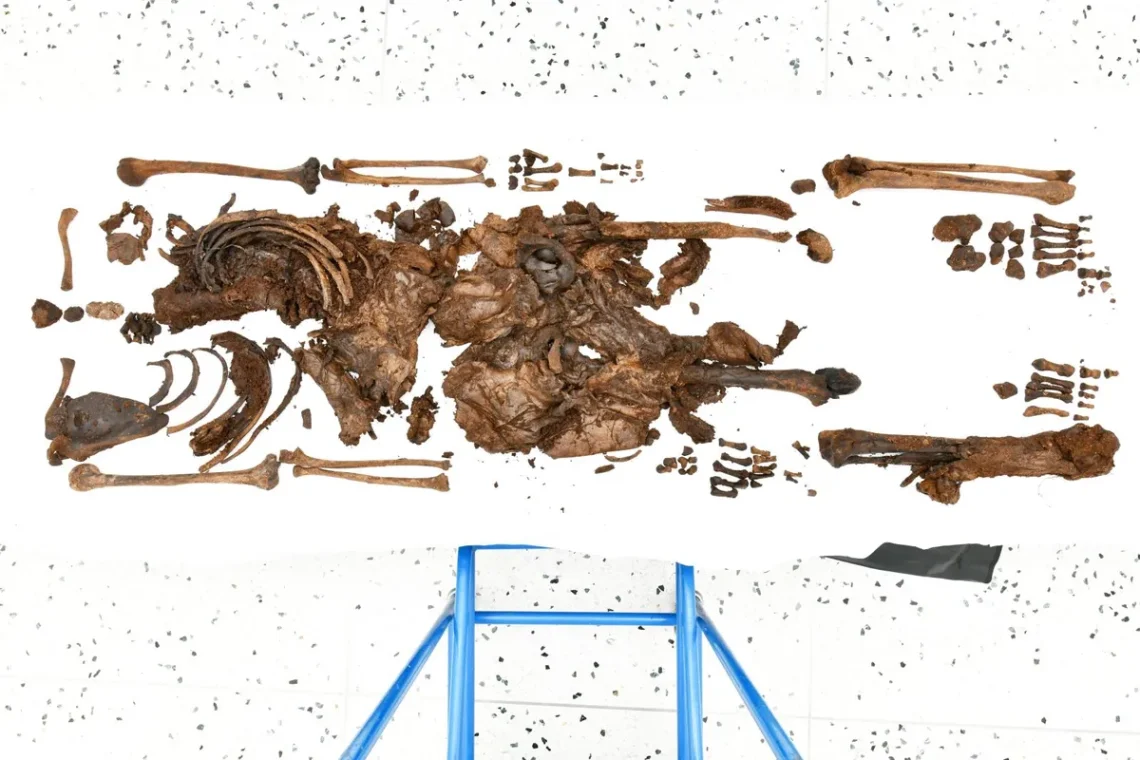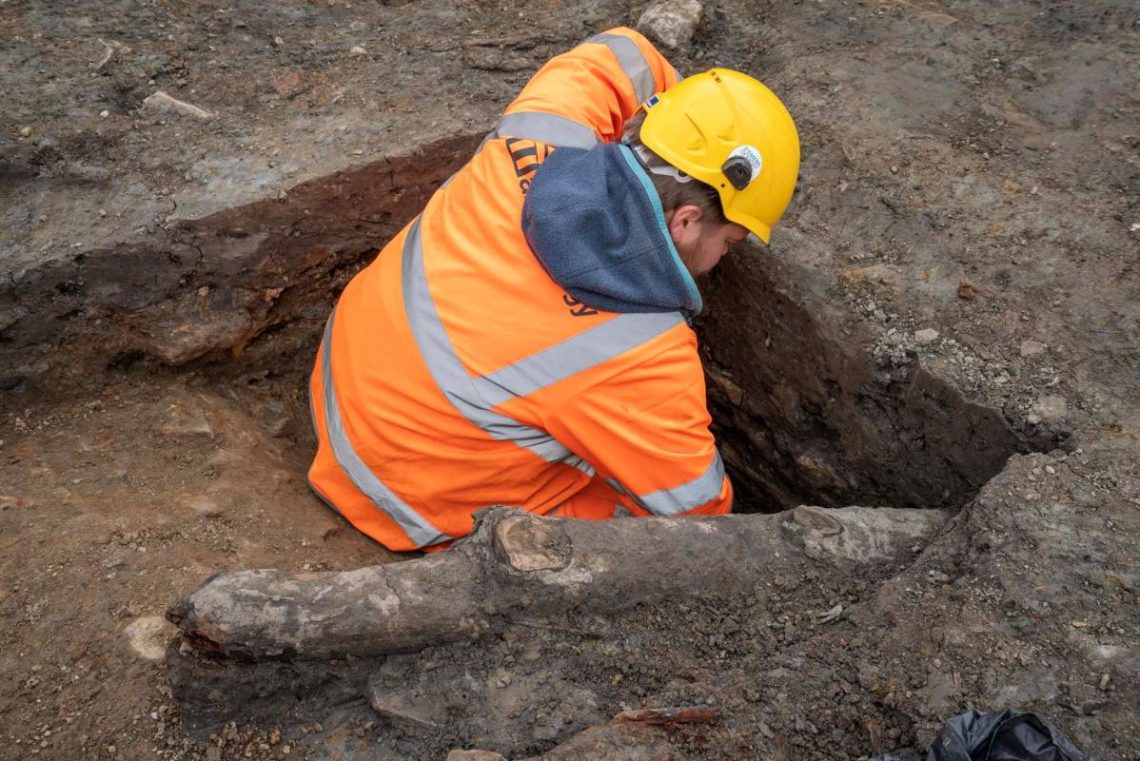At Fossilia, we unearth history’s buried tales, and few are as haunting as the Ballymacombs More Woman, a bog body discovered in Northern Ireland’s peatlands. Unearthed in 2023 near Bellaghy, these 2,000-year-old remains of a young woman indicate a violent end, possibly a ritual sacrifice. In the marshy expanse of Ballymacombs More, workers re-grading the road on the peatland outside the village of Bellaghy stumbled upon a grim relic: human remains, remarkably intact after two thousand years. The waterlogged, acidic bog had tanned her skin to leather, preserving bones, hair, and soft tissue in a natural time capsule. Radiocarbon dating, conducted…
-
-
Sheffield Castle’s newly revealed Civil War defenses have been discovered by Wessex Archaeology between 2020 and 2024, these 17th-century fortifications in northern England illuminate a turbulent past. Sheffield Castle, once a medieval stronghold, became a battleground during the English Civil War (1642–1651). Royalists held it until Parliamentarians seized and razed it in 1644, leaving ruins beneath modern Sheffield. Wessex Archaeology’s recent digs, part of the Castlegate regeneration project, uncovered remnants of the castle’s defenses, transformed after the war to guard against rebellion. These findings resurrect a site pivotal to England’s fractured history, where power shifted amid cannon fire. Wessex Archaeology’s…
-
Beltane, meaning “bright fire” in Old Irish, thrived in Celtic Ireland and Britain from the 1st millennium BCE. Held midway between the spring equinox and summer solstice, it was a sacred pivot, ushering in warmth and abundance. Celtic communities lit massive bonfires, driving cattle between flames for purification and dancing to invoke divine favor. Roman accounts, like those of Pliny the Elder, describe druids presiding over such rites, tying Beltane to spiritual and agricultural cycles. Its prominence reflects a culture where land and cosmos intertwined. Excavations uncover Beltane’s tangible past. At sites like Tara Hill in Ireland, dated to 800–100…
-
2,300-year-old Celtic sword from France Discovered A 2,300-year-old Celtic sword from France is been discovered and is a striking find. Discovered in 2022 at Creuzier-le-Neuf, this Iron Age relic, adorned with swastika motifs, reveals the artistry of ancient Celts. What secrets does this blade hold? Dive into this archaeological gem. A Spectacular Burial Find Archaeologists from the French National Institute of Preventive Archaeological Research (INRAP) excavated a Second Iron Age necropolis (450–52 BCE) in central France, uncovering over 100 graves. Acidic soil dissolved skeletons, but metal artifacts endured, including copper-alloy bracelets, iron brooches, and two swords in their scabbards. The…
-
At Fossilia, we unearth history’s buried tales, and few are as tantalising as a bold new theory linking ancient Egypt’s pyramids to the Biblical Garden of Eden. In a provocative study, Dr. Edward K. Werner proposes that the iconic pyramids of Giza may symbolise the Tree of Life, a sacred motif weaving through ancient myths. Could these stone giants, built to defy time, hold echoes of a primordial paradise? For millennia, the pyramids have stood as testaments to Egypt’s architectural genius, their limestone faces whispering of pharaohs and eternity. Archaeologists long viewed them as royal tombs, housing kings like Khufu for…




